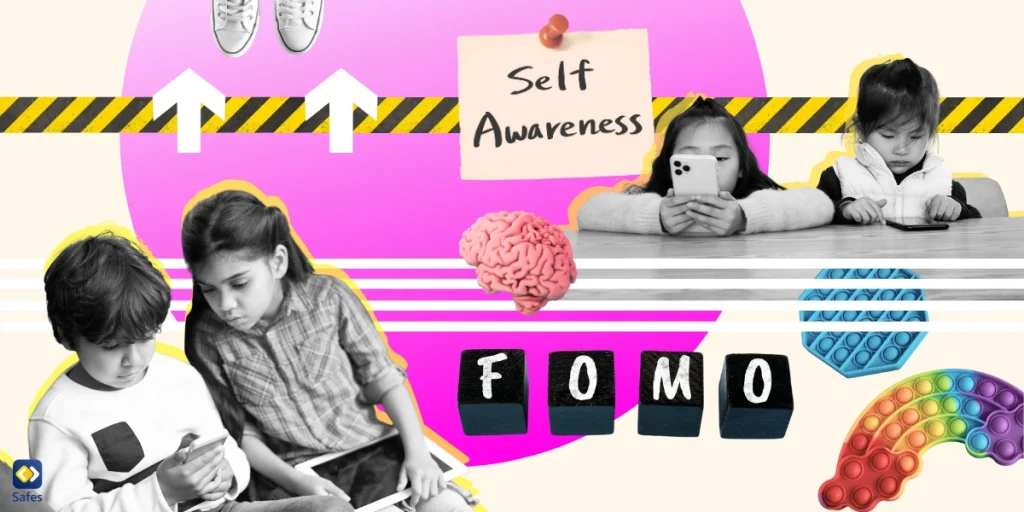As the digital world continues to expand, cyberbullying has emerged as a serious issue affecting young people. Cyberbullying Research Center reports “In this latest study, 26.5% of students said they had experienced cyberbullying within the 30 days prior to taking the survey.” The consequences of cyberbullying are far-reaching and can have a significant impact on the mental health of students. However, schools can do a lot to prevent and address cyberbullying. In this comprehensive guide, we will explore how to stop cyberbullying in schools.
Understanding and Recognizing Cyberbullying
Cyberbullying is a form of bullying that takes place online, often through social media sites, instant messages, and text messaging. It includes actions such as sending, posting, or sharing negative, harmful, or mean content about someone else on purpose. Cyberbullying can take different forms, including harassment, defamation, flaming, outing, trolling, and impersonation, among others.
Recognizing the signs of cyberbullying is the first step toward addressing the problem. Some common signs include sudden personality changes, unexplained absenteeism, deterioration in academic performance, social withdrawal, and unexplained fear or anxiety. As an educator, it’s important to keep an eye out for these signs and act promptly when they are identified.
Strategies to Prevent and Address Cyberbullying
Addressing this complex problem requires a multifaceted approach aimed at both preventing and solving cyberbullying. Schools are uniquely positioned to offer comprehensive online bullying help, employing strategies that range from implementing educational programs that illuminate the negative impacts of cyberbullying to establishing clear policies and procedures that delineate acceptable online conduct. Additionally, involving parents in the process and providing support and counseling services for affected students are vital ways to reduce cyberbullying. In the following, we will discuss solutions to cyberbullying that school administrators and teachers can employ in their educational centers.
Providing Education and Awareness
One of the most effective ways to prevent cyberbullying is through education and awareness. Schools can implement programs that teach students about the negative effects of cyberbullying, the importance of online safety, and how to behave responsibly online. These programs can also teach students about their rights and responsibilities online and encourage them to treat others with respect and kindness.
Promoting Positive Online Behavior
Promoting positive online behavior is another crucial strategy in preventing cyberbullying. Schools can encourage students to use social media and other online platforms responsibly and respectfully. Teachers can also incorporate lessons on digital citizenship into their curriculum, teaching students about the importance of respectful online communication and the potential consequences of cyberbullying.
Establishing Clear Policies and Procedures
Establishing clear policies and procedures regarding cyberbullying can help schools effectively address the issue. These policies should clearly define what constitutes cyberbullying, outline the consequences for those who engage in such behavior, and provide a process for reporting incidents. Schools should also ensure that these policies are communicated effectively to all students, staff, and parents.
Providing Support and Counseling Services
The effects of cyberbullying on teens and younger children can be devastating. However, schools can provide support and counseling services for students who have experienced cyberbullying. These services can help students cope with the emotional impact of cyberbullying, build resilience, and develop strategies for dealing with future incidents. Schools can also offer support to students who are at risk of becoming cyberbullies, helping them understand the impact of their actions and encouraging them to change their behavior.
Involving Parents in the Process
Parents play a crucial role in preventing and addressing cyberbullying. Schools can involve parents by providing them with information about cyberbullying, teaching them how to recognize the signs, and advising them on how to respond if their child is a victim or perpetrator. Schools can also provide parents with resources and support to guide their children in using the internet safely and responsibly.
Implementing Prevention Programs
Several prevention programs have been developed to address cyberbullying in schools. These programs often include components such as education and awareness, policy development, parent involvement, and student empowerment. Implementing these programs can help schools create a safe and positive online environment for all students.
Monitoring Online Behavior
Monitoring the online behavior of students can help schools identify potential cases of cyberbullying early. Schools can use various tools and software to monitor students’ online activities, identify inappropriate behavior, and take appropriate action. However, it’s important to balance monitoring with respect for students’ privacy rights.
Collaborating with Law Enforcement
In some cases, cyberbullying may involve criminal activities such as threats of violence, harassment, stalking, or the distribution of explicit images or videos. In these cases, schools should collaborate with law enforcement to ensure that the matter is appropriately addressed. Schools should also inform students about the potential legal consequences of engaging in cyberbullying.
Fostering a Positive School Climate
A positive school climate can help prevent cyberbullying by promoting respect, inclusivity, and positive relationships among students. Schools can foster a positive climate by implementing programs that promote social-emotional learning, encouraging student participation in school activities, and addressing any instances of bullying promptly and effectively.
Evaluating and Adapting Strategies
Finally, it’s important for schools to regularly evaluate and adapt their strategies to prevent and address cyberbullying. This can involve monitoring the effectiveness of prevention programs, obtaining feedback from students, staff, and parents, and making necessary changes to improve the school’s approach to cyberbullying.

Introducing Safes School App
The Safes School app is a valuable tool that can support schools in managing their students’ online activities. This app allows educators to monitor students’ online behavior, identify potential instances of cyberbullying, and take appropriate action. It also provides resources and support for educators to address cyberbullying effectively, making it a valuable tool in the fight against cyberbullying.
Feel free to contact us to start your free trial and explore the full array of Safes School’s tools and features.
Conclusion: How to Stop Cyberbullying in Schools
Cyberbullying is a complex issue that requires a comprehensive and proactive approach. By implementing the strategies outlined in this guide, schools can help protect their students from cyberbullying and create a safe and supportive online environment. Remember, the fight against cyberbullying is not a one-time effort but a continuous process that requires the commitment and collaboration of all stakeholders. With the right strategies and resources, we can significantly reduce the prevalence of cyberbullying and ensure our young people enjoy a safe and healthy online experience.




